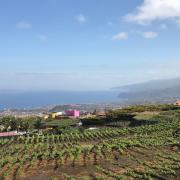
Organised by the Center for Research, Study, Safeguarding, Coordination and Valorisation of Mountain Viticulture (CERVIM), with the cooperation of the Government of the Canary Islands and under the high patronage of the OIV, this Congress brought together the representatives of around 15 countries, focusing on the theme of ‘Heroic viticulture: from grape to wine through sustainability and quality'.

The Congress comprised four technical sessions:
- mechanization and precision viticulture for steep-slope vineyards,
- examples of heroic viticulture and their sustainability and identitary landscape elements,
- oenological practices for heroic viticulture valorisation,
- the biodiversity value of wine in heroic viticulture.
Around 20 experts gave an oral presentation at the same time as 30 or so posters were displayed.
An important role in land-use planning
During a round table dedicated to perspectives of mountain and steep-slope viticulture, the Director General of the OIV highlighted the significant role of this type of viticulture with regard to land-use planning. These vineyards not only maintain economic activity in difficult regions, but also shape landscapes in an exceptional manner.
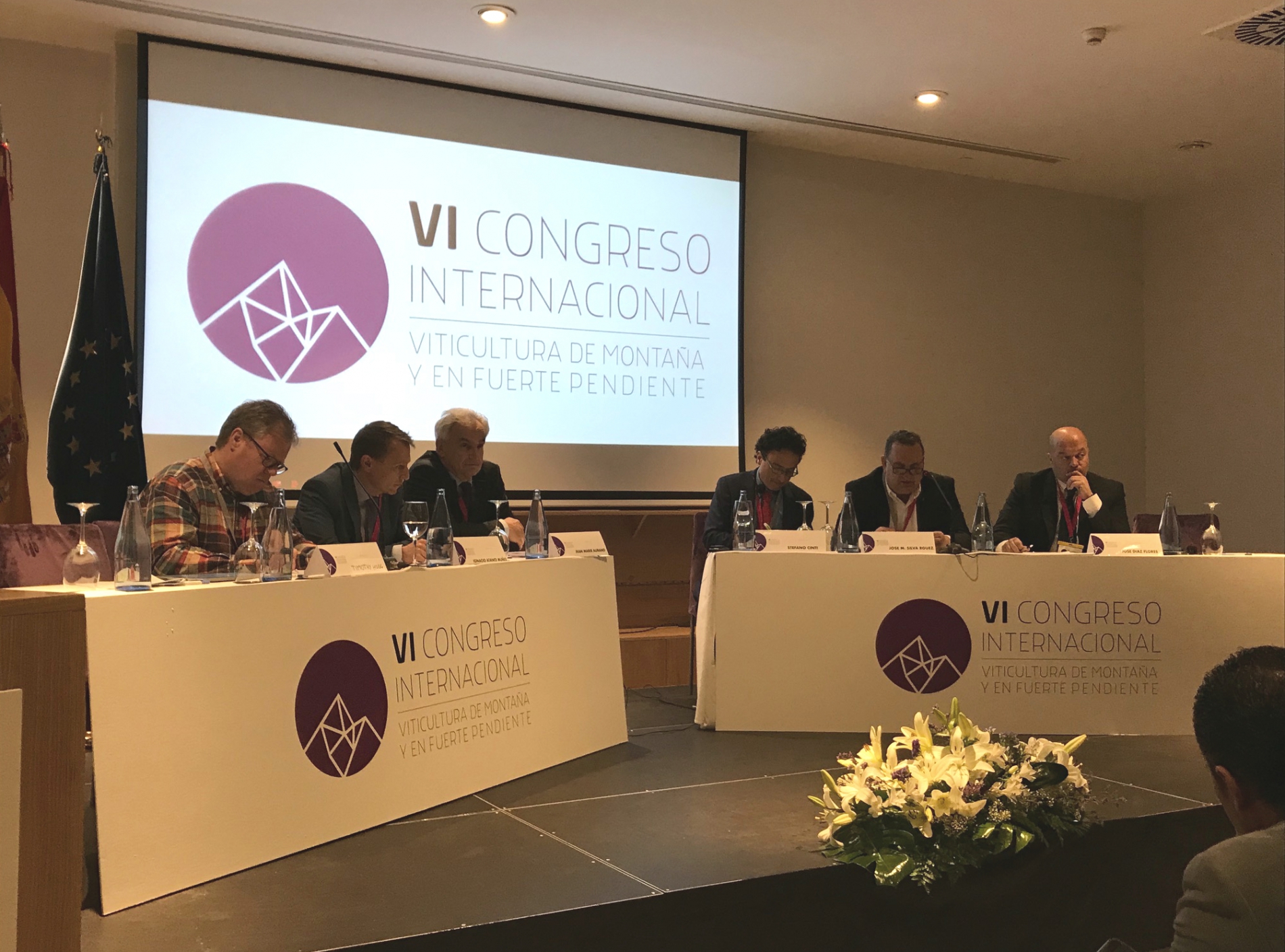
‘Heroic viticulture’ has transformed handicaps (steep slopes, climate, etc.) into attributes thanks to the enhanced value it provides for native vineyards that produce wines with great diversity and very strong typicity.
The different speakers coincided in advocating the need to support the development of this type of viticulture through suitable public policies.
CERVIM: defence and promotion of mountain viticulture on the international scale
Jean-Marie Aurand praised the role played by the CERVIM in the defence and promotion of mountain, steep-slope and small-island viticulture on the international scale. In this respect, he praised the commitment of President Roberto Gaudio, as the ‘spokesperson’ for mountain and steep-slope viticulture, to protection and development.
At the end of the Congress, several technical visits were organised to explore the vineyards on the island of Tenerife, which comprises no less than 5 protected designations of origin spread over more than 8000 hectares.
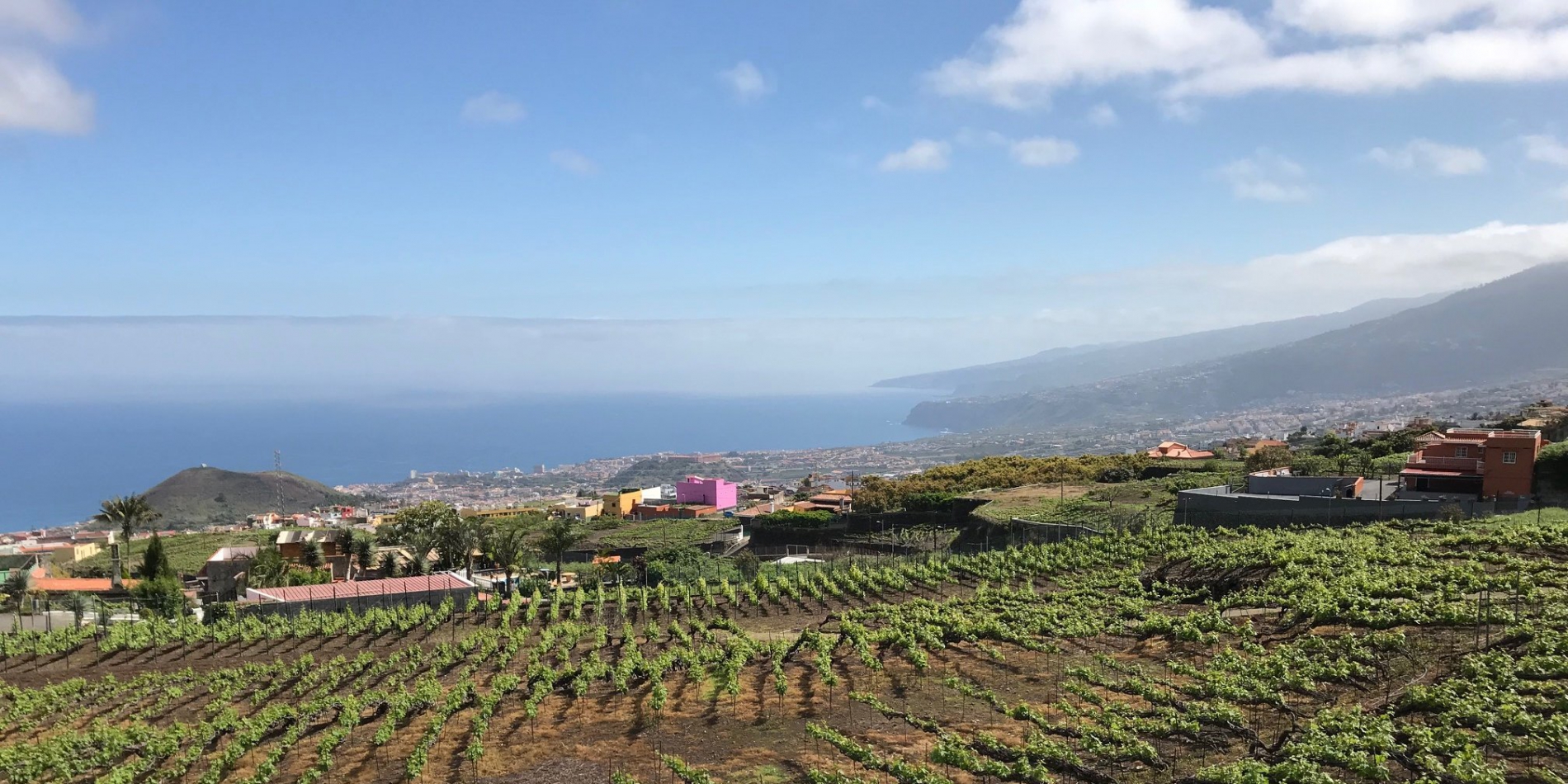
The CERVIM is an international organisation set up for the specific purpose of promoting and protecting heroic viticulture.
The Technical and Scientific Committee of the Center has defined the criteria that define the type of viticulture it represents:
- slopes of over 30%,
- altitude higher than 500 metres above sea level,
- viticultural systems on terraces and embankments,
- viticulture on small islands.
The Center, whose headquarters are in Aosta Valley (Italy), has always worked to support mountain, steep-slope and small-island viticulture. It pursues its objective by organising congresses and participating in initiatives of the sector, both at the national and international levels.

Organised by the College of Enology of Northwest A&F University with the support of the China Alcoholic Drinks Association (CADA), the Chinese National Research Institute of Food and Fermentation Industries and local authorities, this event brought together over 250 participants: producers, industry representatives, academics and experts.
Several Chinese and also foreign speakers gave presentations in different workshops focusing on the following themes: viticultural techniques, wine and terroir, the construction of wine brands, wine and the internet.
Placed under the patronage of the OIV, this Symposium was an opportunity for Jean-Marie Aurand to give a presentation of the OIV and its missions together with a panorama of the state of the global vitivinicultural sector, highlighting the major issues for the future.
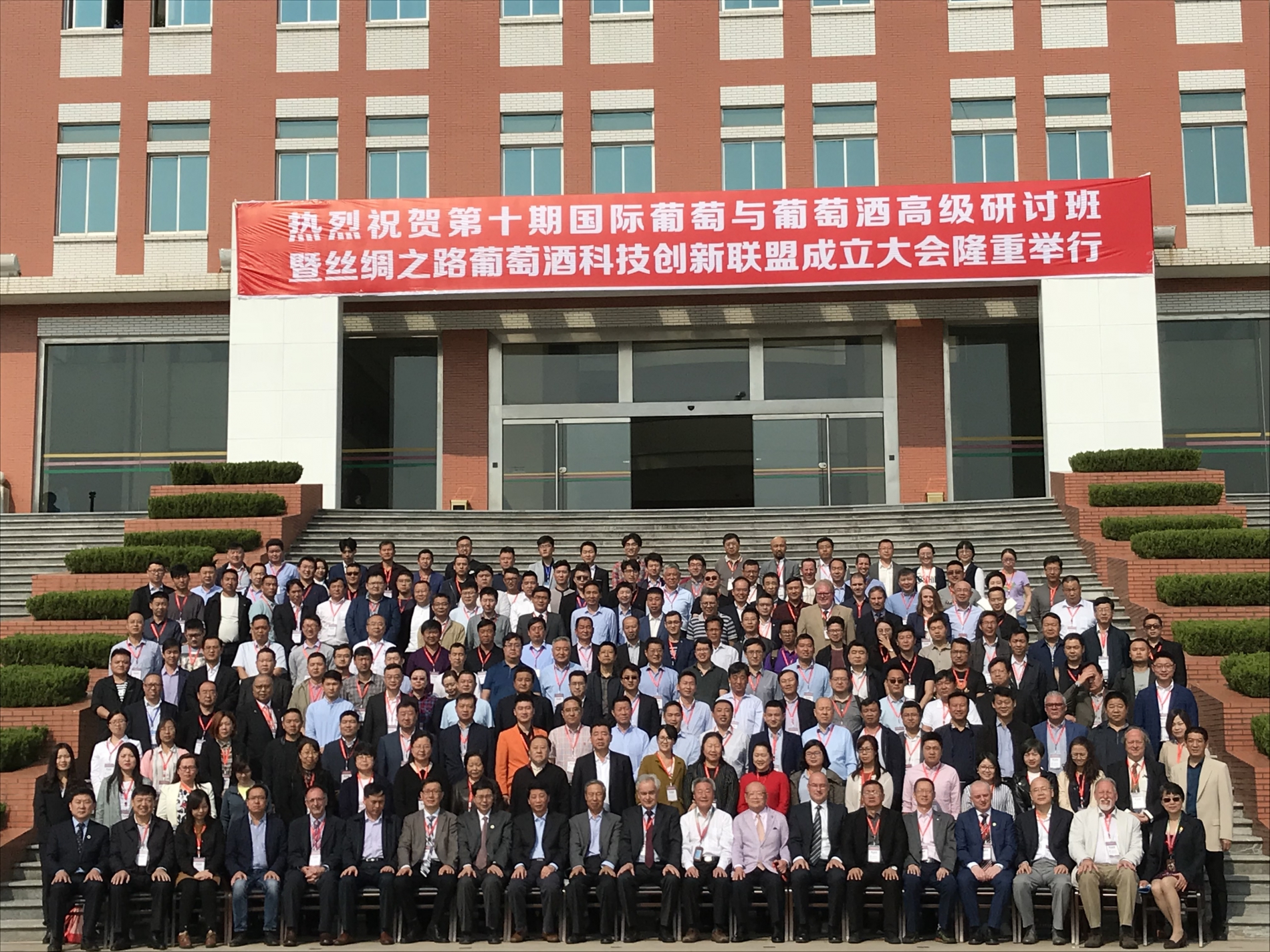
The Director General of the OIV also called for the full accession of China to the OIV at a time when Chinese viticulture is experiencing unprecedented growth, both with regard to table grape production (the top producing country) and wine production and consumption (8th in the world for production and 5th for consumption).
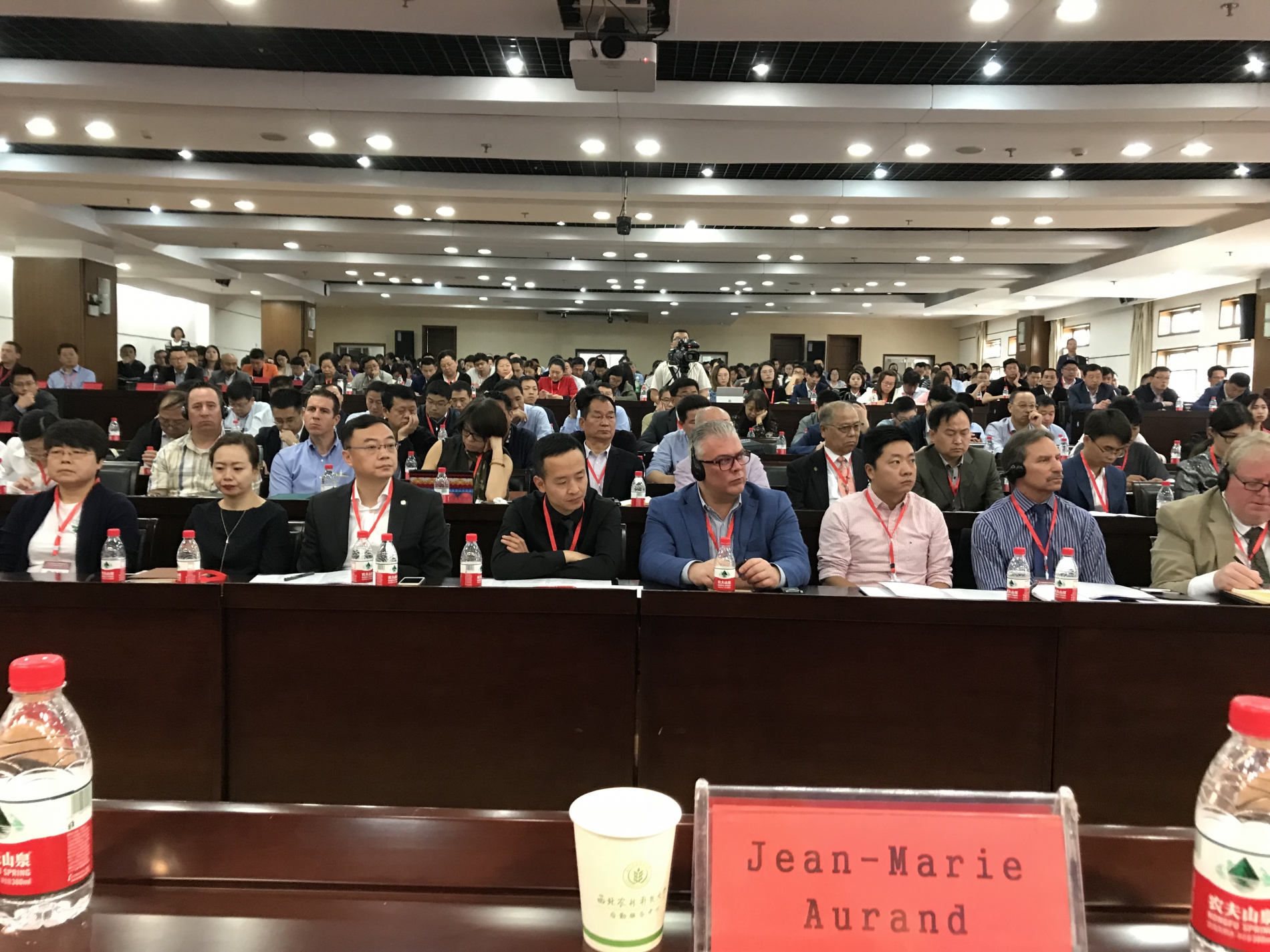
Finally, a part of the Symposium was dedicated to a forum on the transposition to the wine sector of the initiative undertaken in connection with the silk route.